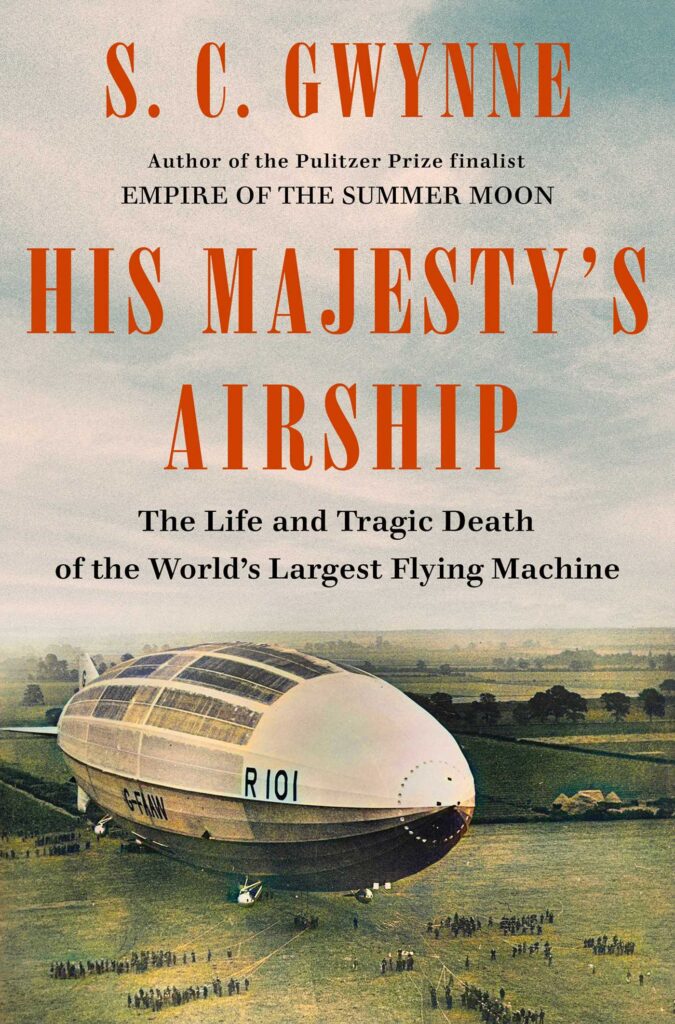S.C. Gwynne’s latest book, “His Majesty’s Airship: The Life and Tragic Death of the World’s Largest Flying Machine,” details the story of the British airship R101, which crashed and burned in France on October 5, 1930, killing all but six of the 54 people onboard. Gwynne, whose other books include “Rebel Yell” and “Empire of the Summer Moon,” tells not just the story of the R101, but also at the problematic history of rigid dirigibles. Like the Hindenburg, which would go down in flames less than seven years later, the R101 got its lift from flammable hydrogen, which was contained inside enormous, 10-story-tall gasbags made out of cow intestines. Known as “goldbeater’s skins,” the intestines reached the airship factory in five-gallon buckets from Argentina, and then women workers stretched them flat, scraped them, and glued them to a lining of thin cotton fabric. Gwynne says the R101 used the intestines from half a million cows. In this interview with Aviation History editor Tom Huntington, Gwynne explains that rather surprising fact and talks about much more.

His Majesty’s Airship: The Life and Tragic Death of the World’s Largest Flying Machine
by S.C. Gwynne, Scribner, May 2, 2023
If you buy something through our site, we might earn a commission.





